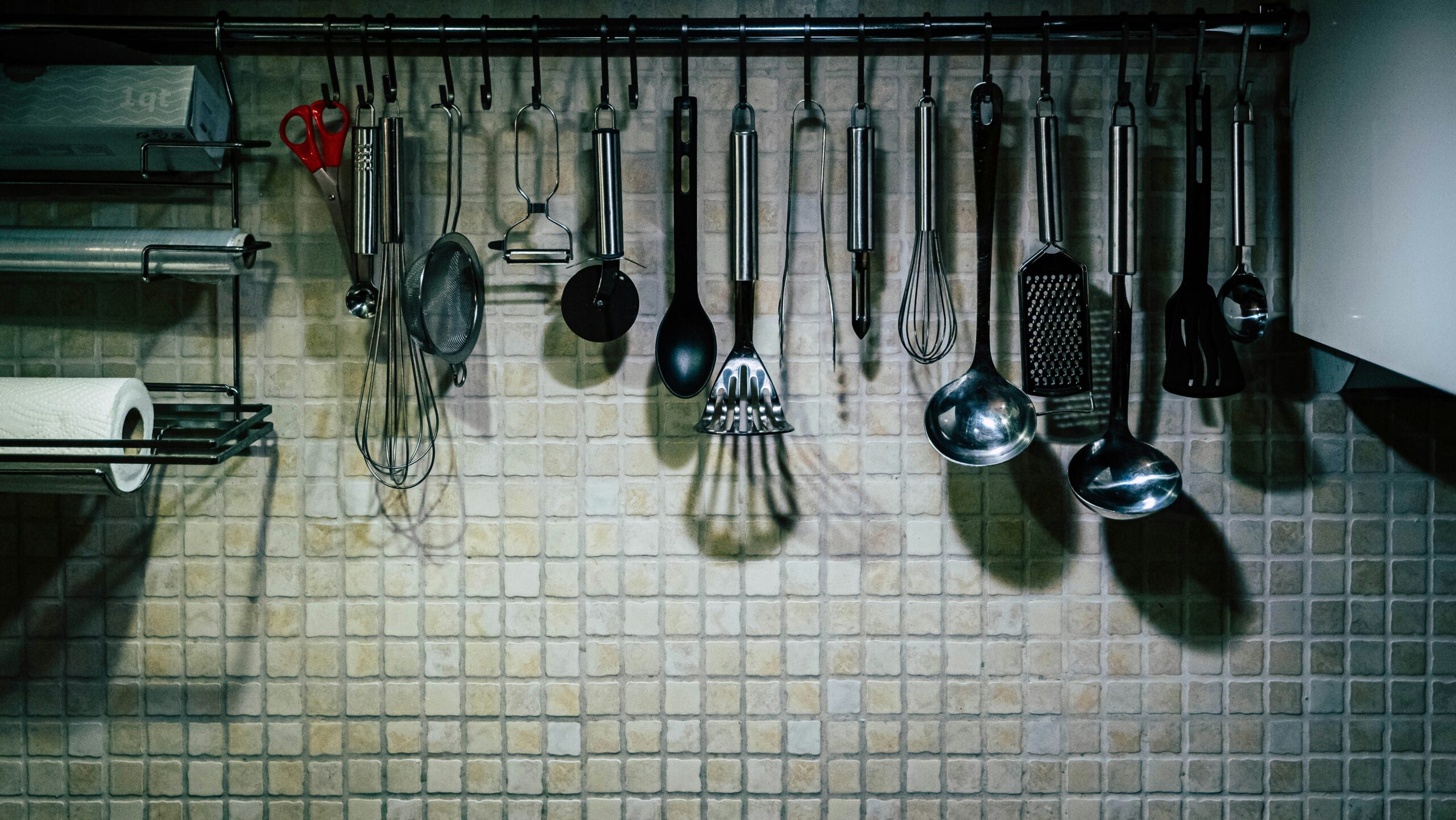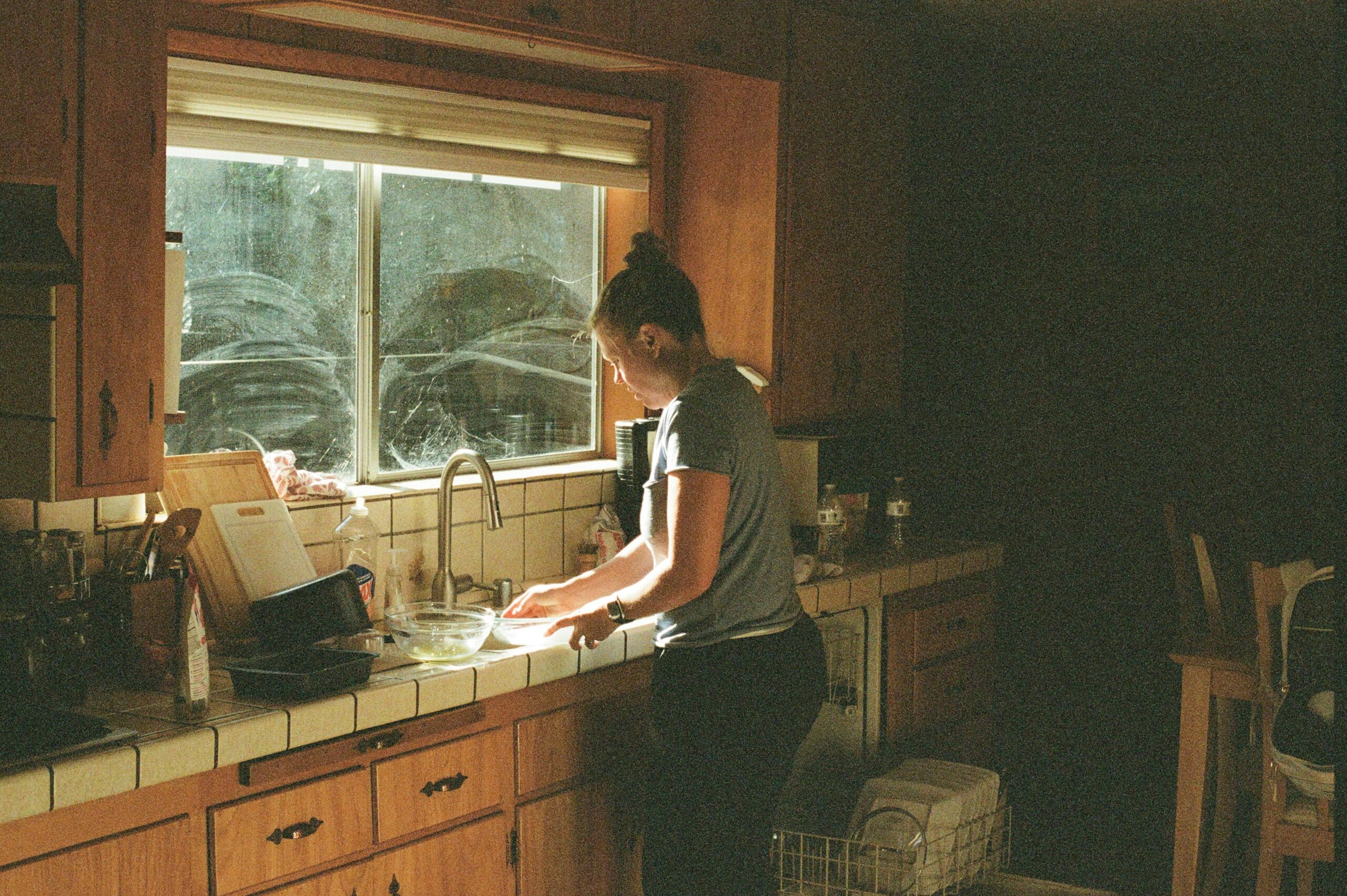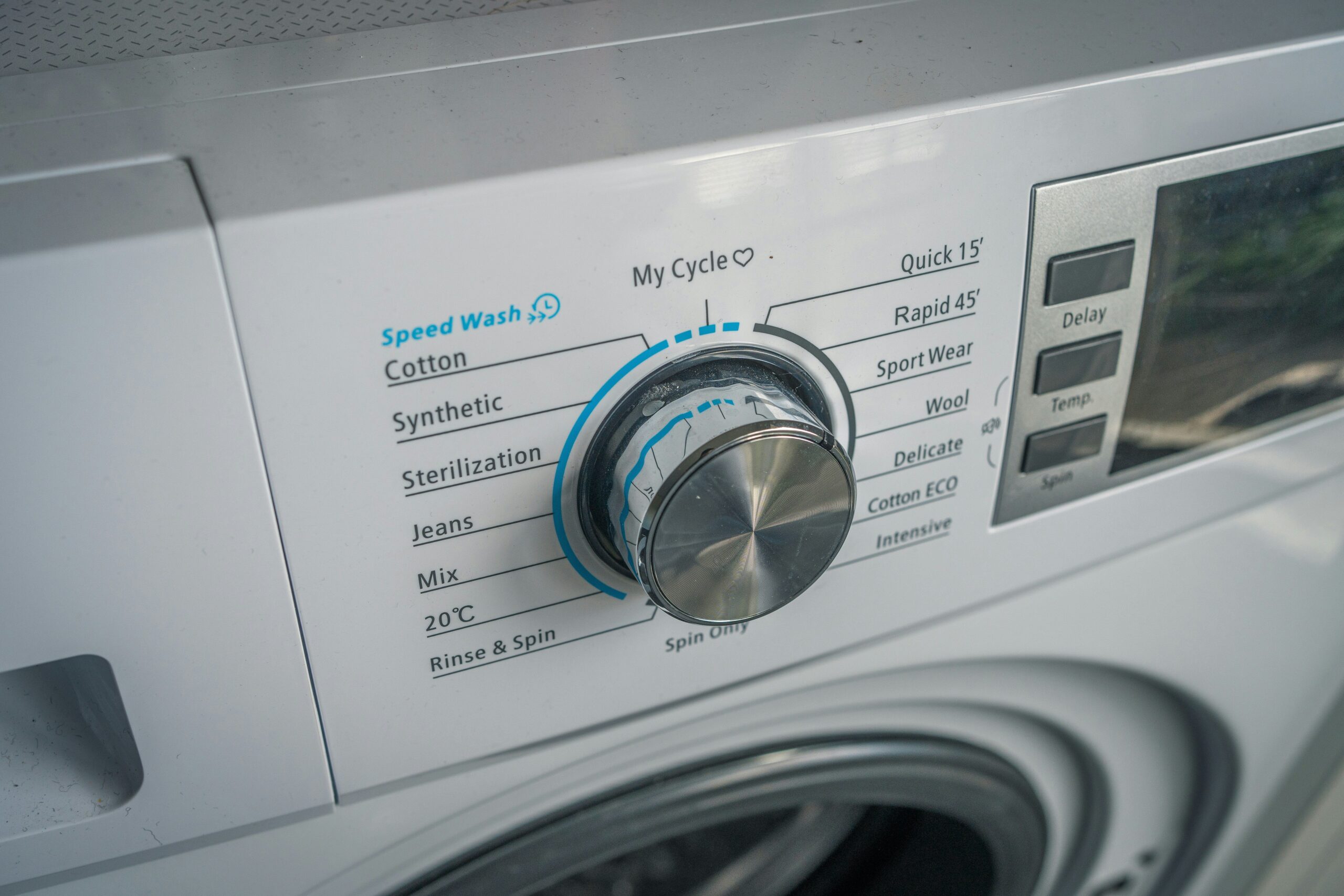Ever woken up craving that perfect cup of coffee, only to be greeted by a burnt, bitter taste courtesy of your smart coffee maker? Yeah, us too. It’s infuriating. Not only does it ruin your morning ritual, but it also makes you question why you spent hundreds on a “smart” appliance in the first place. The culprit? Coffee buildup—a sneaky residue that accumulates over time and wreaks havoc on flavor. But don’t toss that expensive gadget just yet. This guide will walk you through everything you need to know about removing coffee buildup from your smart coffee maker so you can reclaim your mornings (and your sanity).
Table of Contents
- Key Takeaways
- Why Is Coffee Buildup Such a Big Deal?
- Step-by-Step Guide to Removing Coffee Buildup
- Best Practices for Maintaining Your Smart Coffee Maker
- Real-Life Success Stories
- Frequently Asked Questions About Smart Coffee Makers
- Conclusion
Key Takeaways
- Coffee buildup affects both taste and performance in smart coffee makers.
- Vinegar solutions are an effective cleaning agent for removing coffee buildup.
- Regular maintenance extends the lifespan of your smart coffee maker.
- Ignoring buildup can lead to costly repairs or replacements.
- Smart features make diagnostics easier, but manual cleanings remain essential.
Why Is Coffee Buildup Such a Big Deal?

Coffee is magic—until it leaves behind its unsightly footprint. Coffee oils, mineral deposits, and leftover grinds create layers of gunk in your smart coffee maker. Over time, this buildup clogs water lines, impacts brewing efficiency, and ruins even the finest beans’ flavors. Trust me; I once ignored my machine for months (hey, life happens), and when I finally brewed again, it smelled like burnt toast mixed with regret.
And let’s not forget the tech side of things. Smart coffee makers boast advanced sensors, timers, and connectivity. While these bells and whistles improve convenience, they can’t clean themselves. If coffee residue builds up near electrical components, you’re looking at potential malfunctions—or worse, fried circuits.
Step-by-Step Guide to Removing Coffee Buildup
Step 1: Gather Your Supplies
You’ll need:
- White vinegar
- Filtered water
- A soft brush or cloth
- An empty carafe or container
Step 2: Prepare the Cleaning Solution

Mix equal parts white vinegar and filtered water. For example, if your reservoir holds 4 cups, use 2 cups of vinegar and 2 cups of water. Why vinegar, you ask? It’s acidic enough to dissolve mineral deposits without damaging your device.
Step 3: Run the Clean Cycle
Pour the solution into your coffee maker’s reservoir and run a full brew cycle. Let the magic happen as the mixture flushes out internal pathways. Pro tip: Pause halfway through to allow the solution to sit for 15 minutes. This extra soak time ensures stubborn buildup gets obliterated.
Step 4: Rinse Thoroughly
After the cycle finishes, discard the vinegar solution and rinse the carafe and reservoir thoroughly. Then, run two plain water cycles to remove any lingering vinegar taste. Opt for filtered water here—it’s gentler on your machine’s plumbing.
Step 5: Deep Clean Exterior Components
Use a damp cloth dipped in mild dish soap to wipe down external surfaces. Don’t skip the drip tray and filter basket—they harbor bacteria faster than stale coffee sits in a conference room.
Best Practices for Maintaining Your Smart Coffee Maker
- Daily Rinses: After each use, give removable parts a quick rinse under warm water.
- Weekly Flushes: Perform a vinegar flush weekly if you’re a heavy user (hello, caffeine addicts).
- Descale Regularly: Use a descaling product monthly to combat hard water minerals.
- Replace Filters: If your model has a charcoal filter, swap it out every 3-6 months.
- Read Manuals: Yes, manuals exist for a reason—they often include brand-specific care tips.
Real-Life Success Stories
Meet Sarah, a tech enthusiast who loves her app-controlled espresso machine. She neglected regular cleanings until random error codes started popping up daily. After following our steps above, her machine returned to peak performance within hours. “It was like getting a brand-new device,” she shared. “I had no idea how much buildup could impact functionality!”
Frequently Asked Questions About Smart Coffee Makers
Q: How often should I clean my smart coffee maker?
A: At least once a week for light users, more frequently for avid coffee drinkers.
Q: Can baking soda replace vinegar for removing coffee buildup?
A: Baking soda works well for exterior cleaning but lacks the acidity needed for deep internal descaling.
Q: What’s the worst thing I can do for my coffee maker?
A: Ignoring routine cleanings. Buildup leads to costly repairs and shorter lifespans.
Conclusion
Removing coffee buildup isn’t rocket science—it’s more like a small act of self-care for your smart coffee maker (and yourself). By following this guide, you’ll keep your device humming smoothly while savoring consistently delicious brews. Remember, maintaining your coffee maker isn’t optional—it’s mandatory for anyone who values good mornings.
Optimist You: “You’ve got this!”
Grumpy You: “Yeah, yeah—but ONLY if there’s actual coffee afterward.”
Like dial-up internet smells nostalgia-inducing, keeping your smart coffee maker pristine keeps happiness flowing.
Pro Tip Haiku:
Vinegar saves day,
Buildup begone, goodbye funk—
Morning joy restored.


